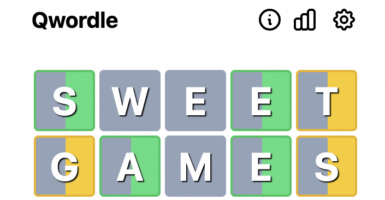Here’s What History’s Deadliest Battlefields Look Like Today
Unfortunately, much of human history is written with blood, with people being involved in violent conflicts since written records began. Throughout history, some of these conflicts have stood out, ranging from ancient times to the modern era, with these battles being considered some of the deadliest of all time.
While most people may never know that a battle took place in a particular location, it doesn’t mean that it didn’t happen, but that time has covered up the violence that took place there. See what these famous battlefields look like today. Continue reading to find out more.
The Battle Of Actium – 31 B.C.
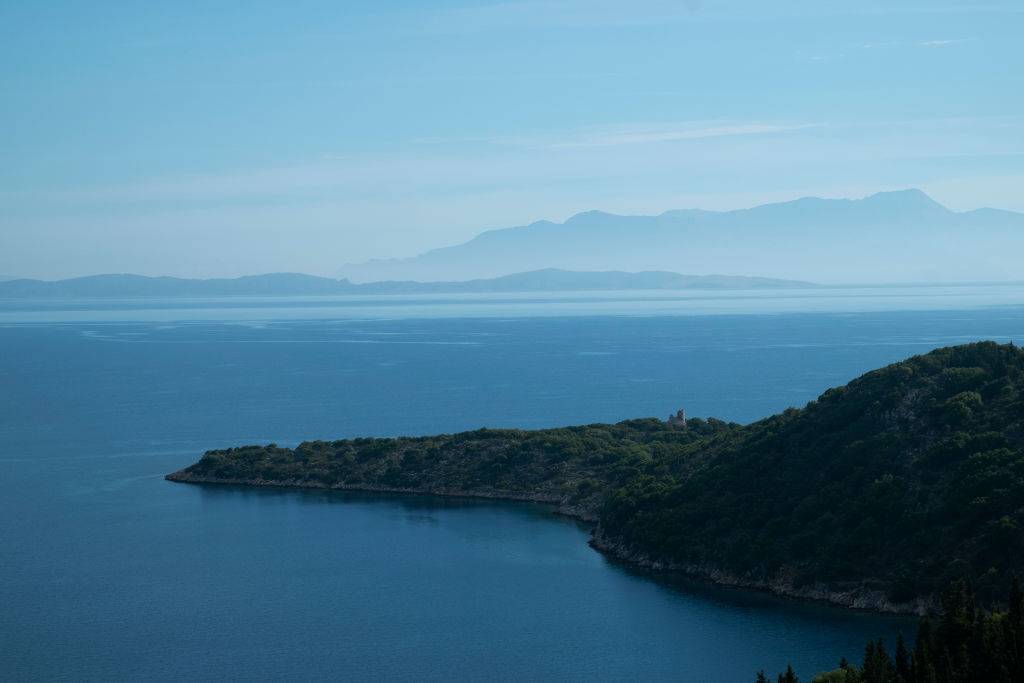
Taking place in 31 BC, the Battle of Actium was a naval battle that was fought in the last war of the Roman Republic. It was between the fleet of Octavian and the combined forces of Mark Antony and Queen Cleopatra of Egypt.
The battle was fought in the Ionian Sea near Actium in Greece, with Octavian being victorious. This allowed him to consolidate power and marked the end of the Roman Republic and the beginning of the Roman Empire.
The Battle Of Iwo Jima – 1945

Taking place between February 19 and March 26, 1945, the Battle of Iwo Jima was a battle during World War II in which the United States Marine Corps and Navy captured the island of Iwo Jima in Japan from the Imperial Japanese Army.
Referred to as Operation Detachment, the goal of the attack was to secure the entire island as well as three Japanese-controlled airfields to create a secure place for allied forces to prepare for attacks on the Japanese mainland. The five-week-long battle is described as some of the bloodiest fighting in the Pacific Theater during World War II.
The Battle Of The Little Bighorn – 1876
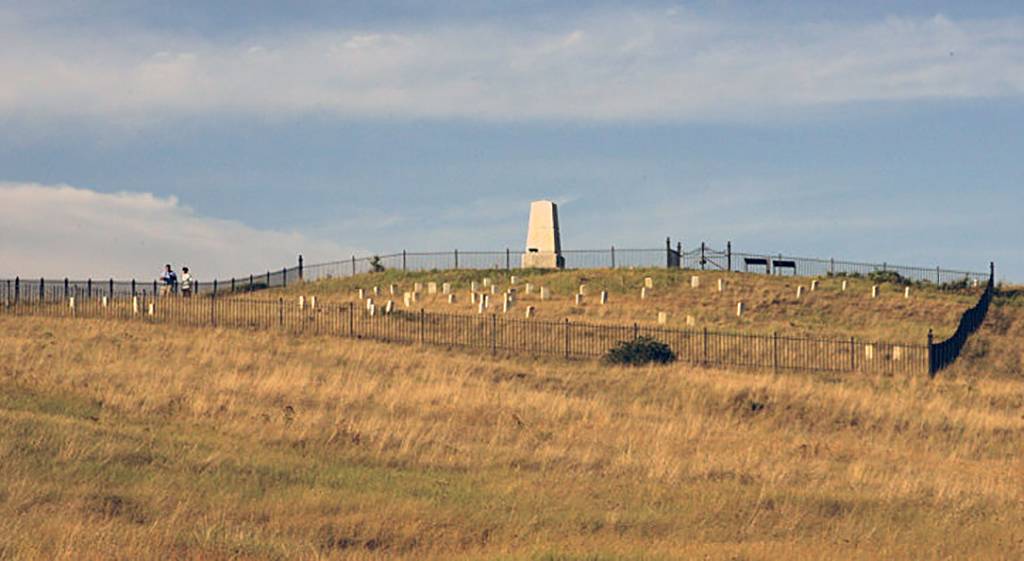
Otherwise known as Custer’s Last Stand, the Battle of the Little Bighorn was an armed conflict between the combined force of the Northern Cheyenne and Arapaho tribes against the 7th Cavalry Regiment of the United States Army. The battle took place on June 25-26, 1876, along the Little Bighorn River in the Crow Indian Reservation in Montana Territory.
The result of the battle was an overwhelming defeat of the United States force of 700 men. Five of the 7th Cavalry’s twelve companies were completely destroyed, with the leader, Lieutenant Colonel George Armstrong Custer, losing his life as well.
The Battle Of The Somme – 1916
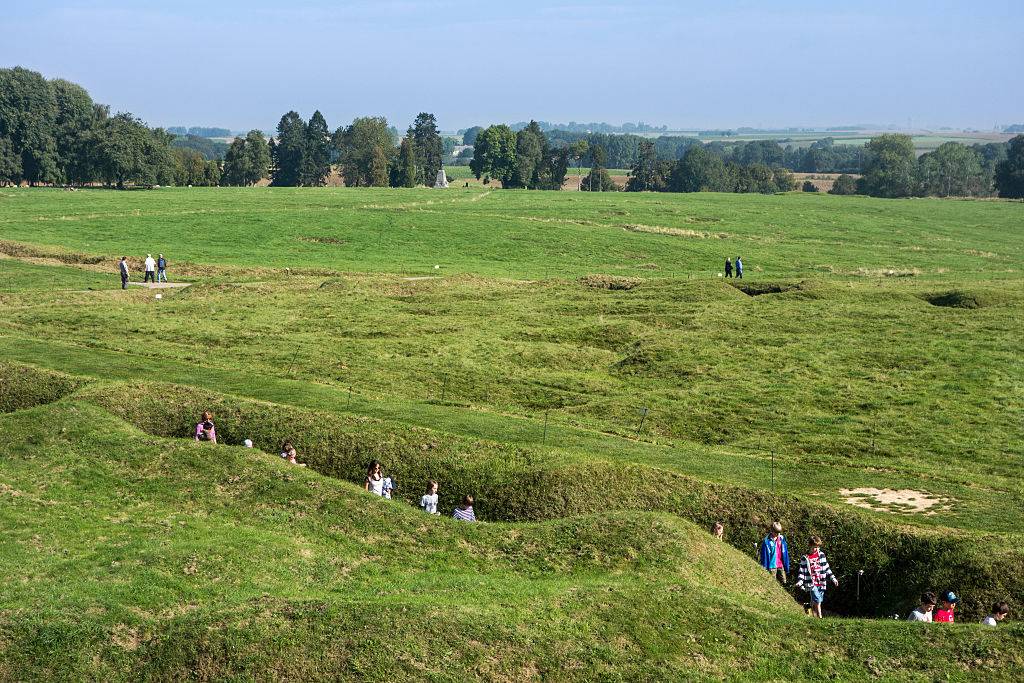
The Battle of the Somme was a conflict during World War I that involved the British Empire and the French Third Republic against the German Empire. It occurred between July 1 and November 16 on both sides of the River Somme in France.
Considered to be one of the bloodiest battles in human history, there were 3 million men that fought in the battle with more than one million being killed or wounded. Unfortunately, there is still debate over the necessity and the overall outcome of the battle.
The Battle Of Cannae – 216 B.C.
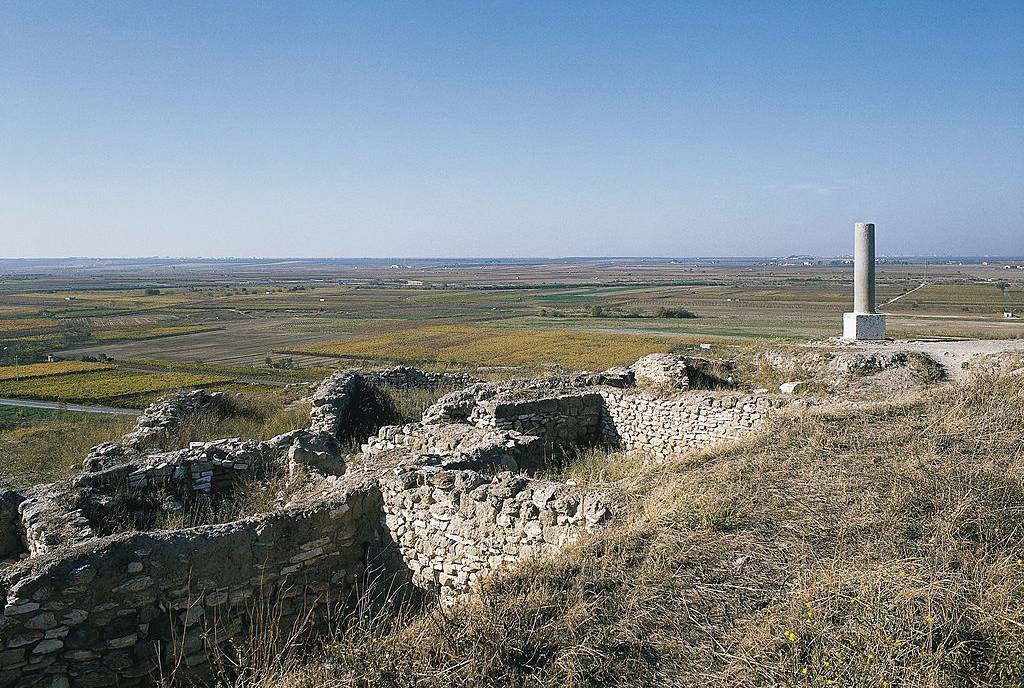
The Battle of Cannae was a conflict during the Second Punic War between the Roman Republic and Carthage. The battle was fought on August 2, 216 BC, near the village of Cannae in Apulia, in southeast Italy.
Hannibal, who commanded the Carthaginian army, surrounded the much larger Roman army under Lucius Aemilius Pallus and Gaius Terentius Varro. The Carthaginians then proceeded to demolish the Roman army in a battle that is considered to be one of the greatest tactical moves in military history and one of the worst defeats of a Roman army.
The Battle Of Marathon – 490 B.C.
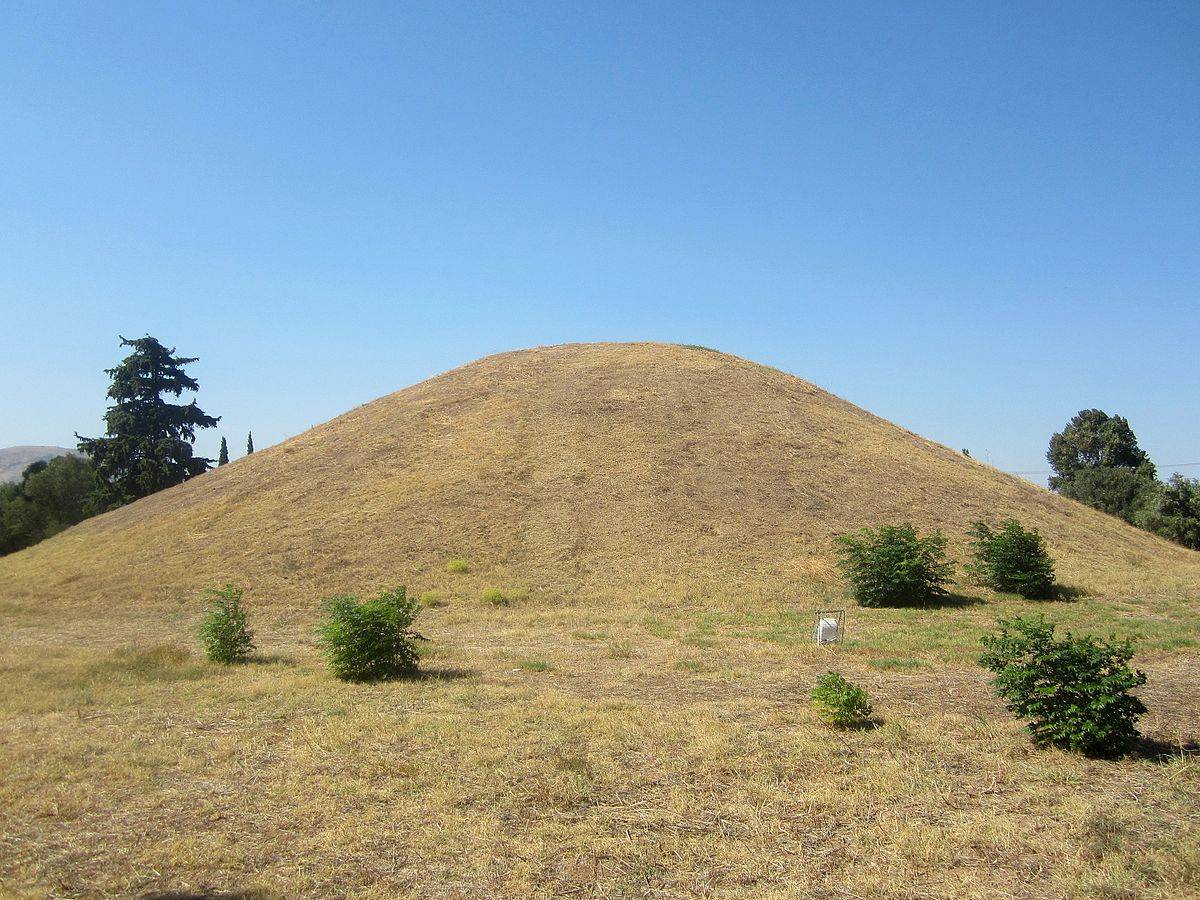
The Battle Of Marathon took place in 490 BC during the first Persian invasion of Greece. The battle was fought between the people of Athens with the help of Plataea against the Persian force commanded by Datis and Artaphernes.
The battle was the first attempt of Persia under the leadership of Darius I to invade Greece. Incredibly, the Greek army managed to defeat the significantly larger Persian army and is considered to be a major turning point in the Greco-Persian wars, proving to the rest of Greece that the Persians could be defeated.
The Meuse-Argonne Offensive – 1918

The Meuse-Argonne offensive was a key part of the final Allied offensive of World War I along the Western Front. The fighting took place for a total of 47 days from September 26 until the Armistice of November 11, 1918, northwest of Verdun.
It is considered to be the second deadliest battle in American history with over 350,000 deaths, including 28,000 German soldiers, 26,277 American soldiers, and an unknown amount of French. Americans suffered even further casualties due to the inexperience of the troops, some of the tactics used, and the outbreak of the “Spanish Flu.”
The Battle Of The Hydaspes – 326 B.C.
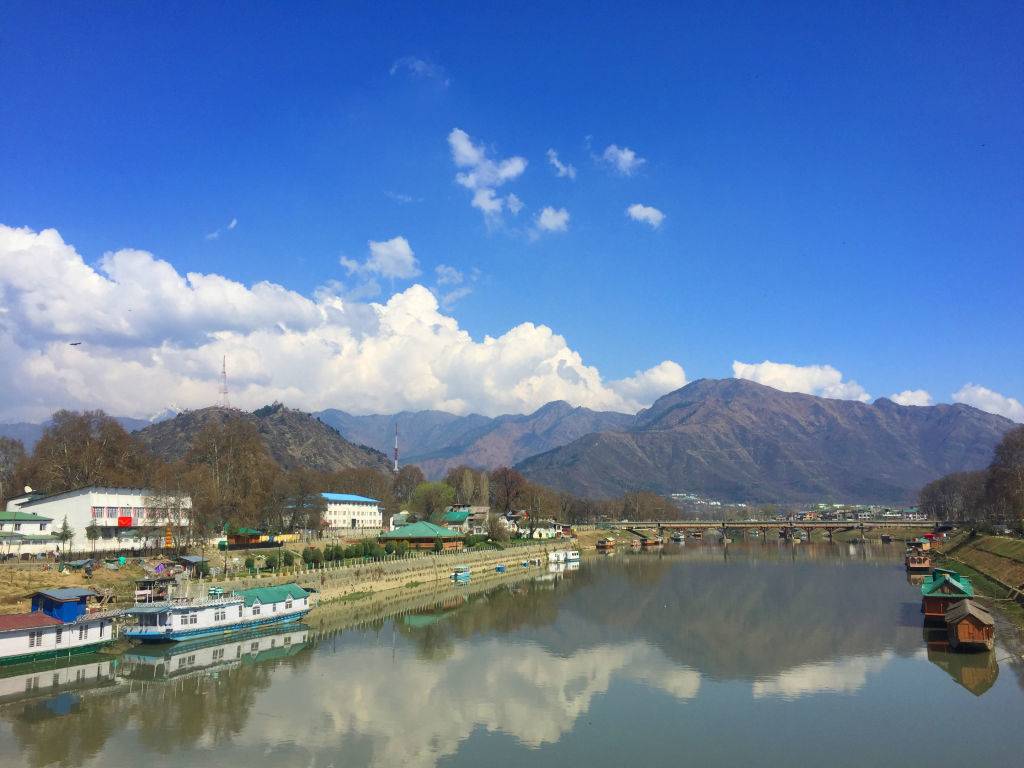
The Battle of Hydaspes was fought in 326 BC between Alexander the Great and King Porus of the Paurava kingdom on the banks of the Jhelum River in what is now modern-day Punjab, Pakistan. The result of the battle was a victory for the Greeks and the surrender of Porus.
Before the battle, Alexander made the risky decision to cross the monsoon-affected river to attack Porus’s army’s flank, which is considered to be one of his great military strategies. Although the Macedonian’s won, they suffered the most losses than any of their other battles.
Battle Of Tours – 732
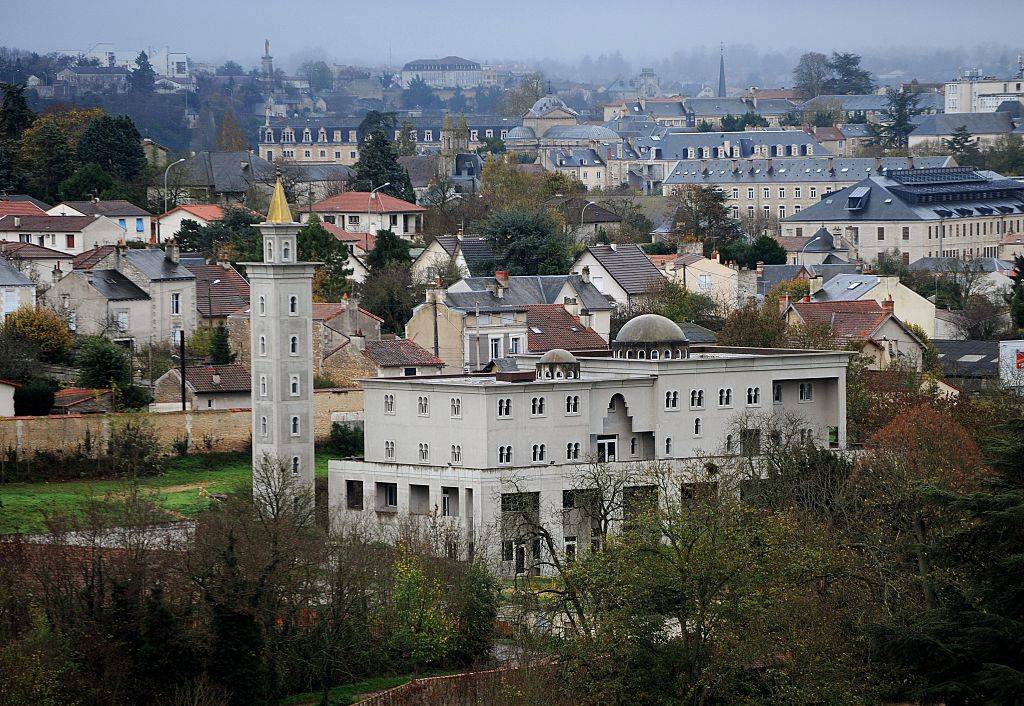
Also referred to as the Battle of Poitiers and the Battle of the Highway of the Martyrs, Battle of Tours was fought on October 10, 732, and was a crucial battle during the Umayyad invasion of Gaul. The battle resulted in a victory by the Frankish and Aquitainian forces under Charles Martel over the Umayyad Caliphate.
Although details of the battle are still not well known, it’s agreed upon by many historians that even though the Umayyads had a larger force, they suffered greater casualties. The battle took place somewhere between the cities of Poitiers and Tours in western France.
The Battle Of Waterloo – 1818

The Battle of Waterloo was fought on Sunday, June 18, 1815, near Waterloo in Belgium, which was part of the United Kingdom of the Netherlands at the time. During the battle, the French army under Napoleon Bonaparte was defeated by two of the armies of the Seventh Coalition, a British-led force under the command of the Duke of Wellington.
The battle took place after Napoleon’s return to power, and his defeat marked the end of his rules as the Emperor of the French and of the Napoleonic Wars.
The Battle Of Antietam – 1862
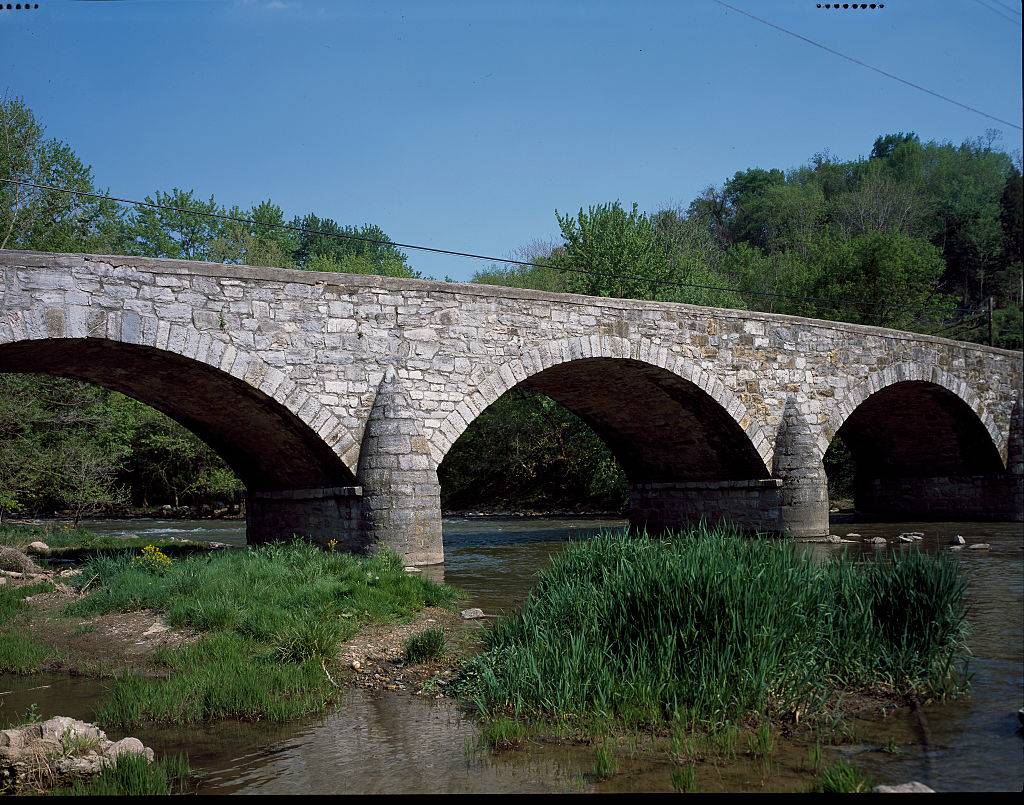
The Battle of Antietam was fought during the American Civil War on September 17, 1862, between the Confederate Army of Northern Virginia and the Union Army of the Potomac. The battle took place near Sharpsburg, Maryland, and Antietam Creek.
As part of the Maryland Campaign, it was the first engagement in the Eastern Theater of the American Civil War to happen on Union soil. The Union victory led to President Lincoln’s announcement of the Emancipation Proclamation, and, at the time, was the bloodiest day in the United State’s history with more than 22,000 dead, wounded, or missing.
The Battles Of Saratoga – 1777

The Battles of Saratoga took place between September 19 and October 7, 1777. The battles were decisive victories for the Americans over the British in the American Revolutionary War.
British General John Burgoyne found himself trapped against superior American forces with no help in sight, so he retreated to Saratoga, where he surrendered his army on October 17. According to historian Edmund Morgan, it “was a great turning point of the war because it won for Americans the foreign assistance which was the last element needed for victory.”
The Battle Of Leipzig – 1813

Otherwise known as the Battle of the Nations, the Battle of Leipzig was fought from October 16 to 19, 1813, at Leipzig, Saxony.
It involved The Coalition armies of Austria, Prussia, Sweden, and Russia, led by Emperor Alexander I and Karl von Schwarzenberg against the French imperial army commanded by Emperor Napoleon I and resulted in Napoleon’s defeat. The battle involved 500,000 soldiers and 127,000 casualties, making it the largest battle in Europe prior to World War I.
The Battle Of Gettysburg – 1863
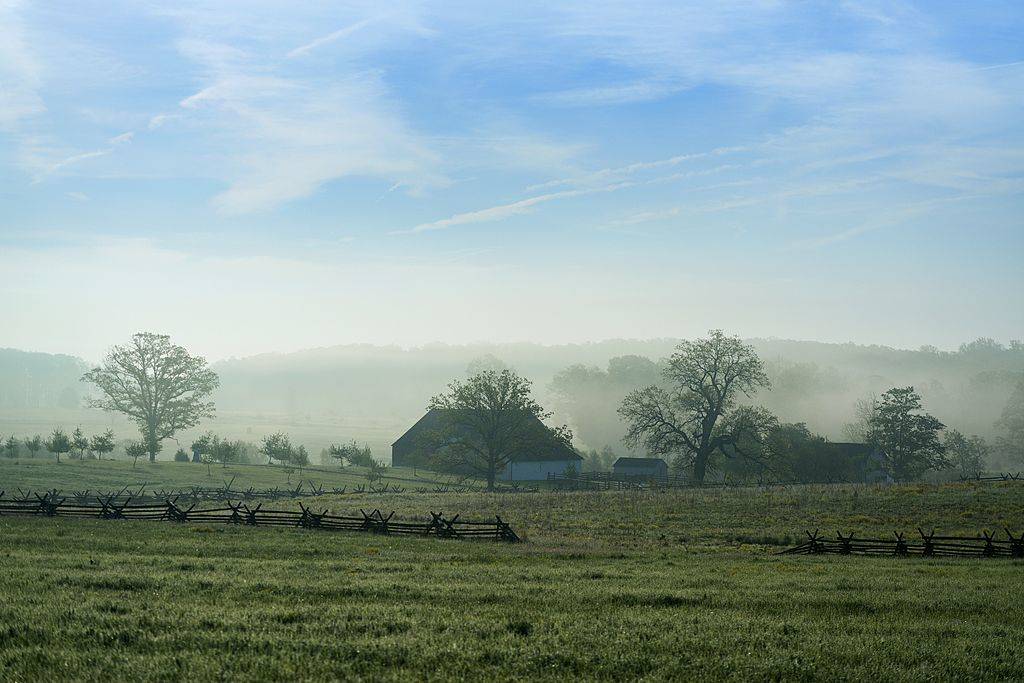
Fought between July 1-3, 1863, the Battle of Gettysburg was one of the major battles of the American Civil War, fought between the Union and Confederate forces in the town of Gettysburg, Pennsylvania.
Considered to be the war’s turning point, it had the most significant number of casualties in the conflict with the Union Army defeating the Confederates, preventing their invasion of the North. Approximately 7,058 soldiers from both armies lost their lives during the three days of fighting. The battlefield was also the site where President Lincoln would deliver his historic Gettysburg Address.


